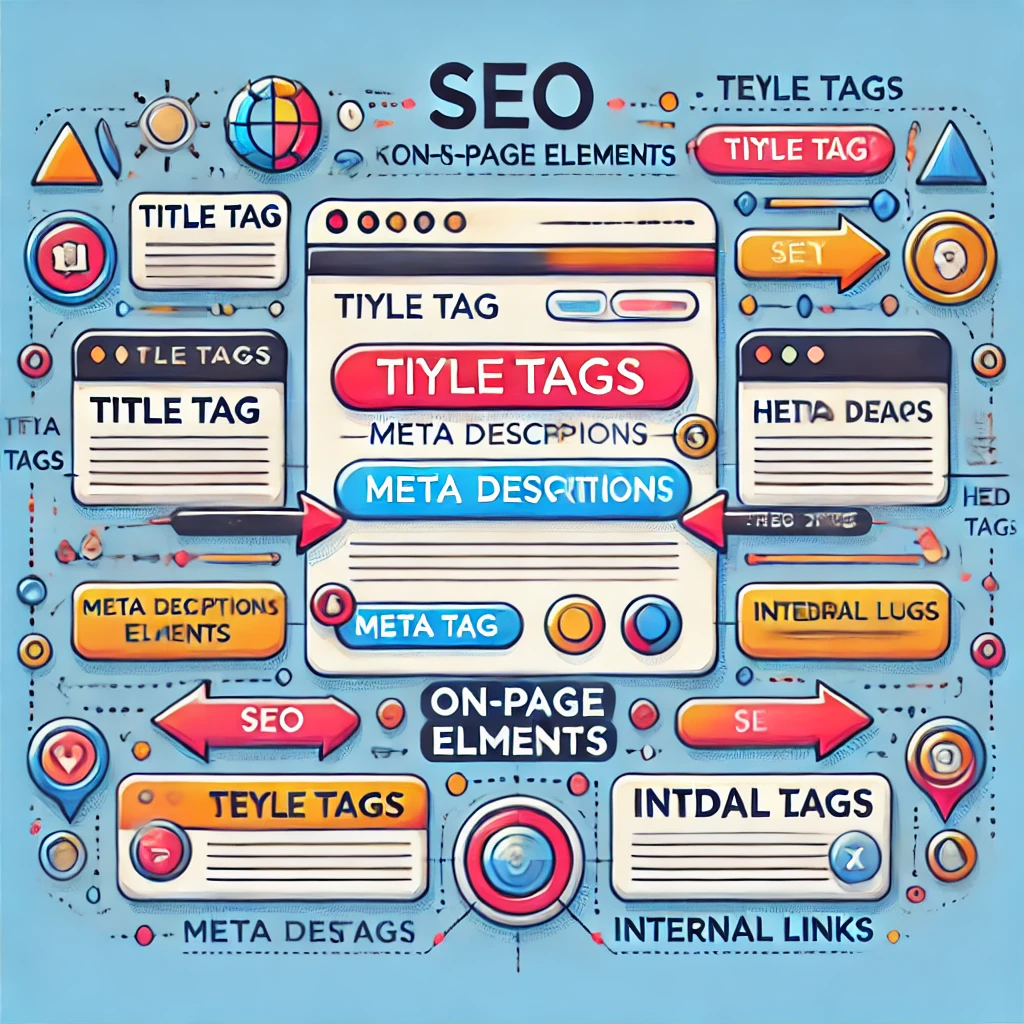Understanding On-Page SEO
On-page SEO, also known as on-site SEO, refers to the practice of optimizing individual web pages to improve their ranking on search engine result pages (SERPs). Unlike off-page SEO, which focuses on external factors like backlinks, This optimization focuses on elements you can control directly on your website. These include content quality, HTML source code, title tags, internal linking, and user experience.
Mastering page SEO is essential for several reasons:
- Better Rankings: Properly optimized pages are more likely to rank higher for target keywords.
- Improved User Experience: Enhancing on-page elements ensures users find your site informative and engaging.
- Higher Click-Through Rates (CTR): Compelling meta descriptions and title tags attract more clicks.
- Increased Conversion Rates: A well-optimized page can lead visitors to take desired actions.
Key Components of On-Page SEO
1. High-Quality Content
Content is the foundation of on-page SEO. Without valuable and relevant content, other optimization efforts may not yield significant results. Here’s how to get it right:
- Keyword Research: Identify keywords that your audience is searching for using tools like Google Keyword Planner.
- Content Relevance: Create content that addresses user intent.
- Content Length: While there’s no magic number, longer content (usually over 1,000 words) often ranks better.
- Originality: Avoid duplicate content. Unique, original content aligns with Google’s guidelines.
2. Title Tags and Meta Descriptions
These are the first elements users see in search results, and they significantly influence click-through rates:
- Title Tags: Keep them under 60 characters, include your primary keyword, and make them compelling.
- Meta Descriptions: These should be concise summaries of the page (around 155-160 characters).
Common On-Page SEO Mistakes to Avoid
- Keyword stuffing
- Ignoring content quality
- Neglecting mobile optimization
- Skipping image optimization
- Broken links
Conclusion
This process of optimizing web pages requires attention to detail and consistent effort. By focusing on content quality, technical optimization, and user experience, you can create pages that not only rank high on Google but also provide lasting value to your audience. Remember, SEO is not a one-time task but an ongoing journey. Stay updated with algorithm changes, analyze your performance, and refine your strategy regularly.
Embrace on-page SEO, and watch your website climb the SERPs, attracting more visitors and driving greater success.

